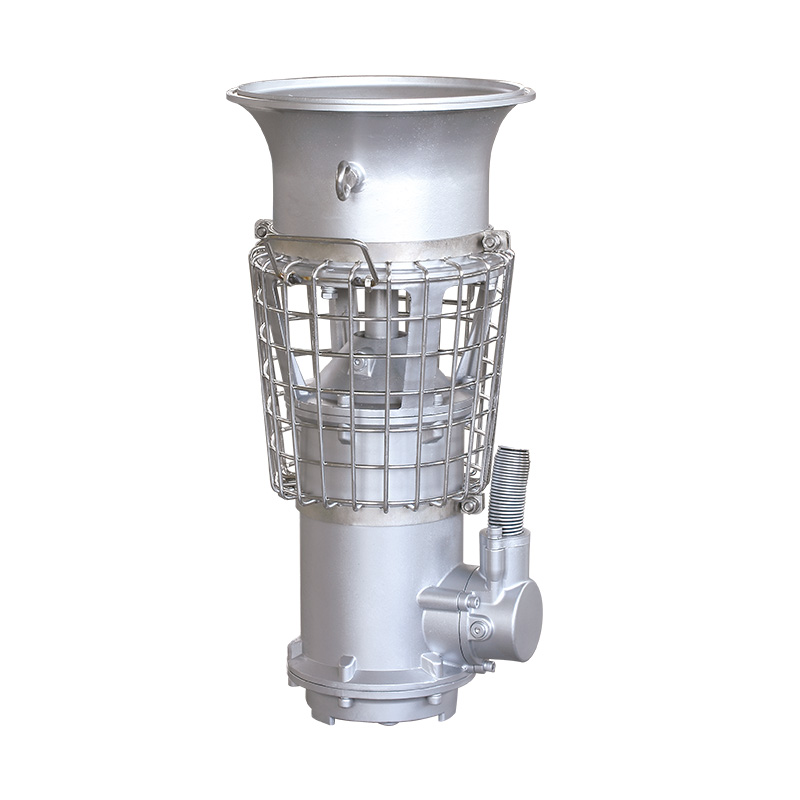Pumps serve as essential tools in industries ranging from mining to agriculture. Among the various types of pumps in use today, the vertical multistage submersible slurry pump and the solar-powered irrigation pump stand out for their application-specific capabilities. While one is engineered for heavy-duty operations involving solid-laden liquids, the other offers a sustainable solution for agricultural water supply.

The vertical multistage submersible slurry pump is a specialized piece of equipment designed to transport fluids that contain suspended solids, such as sand, silt, or other abrasive materials. Structurally, it is composed of several critical components arranged vertically to accommodate high-pressure operation in submerged environments.
At the base of the structure is the intake section, which draws in the slurry. This area is often reinforced with wear-resistant materials such as high-chrome alloys or elastomers to minimize abrasion. Above the intake is the impeller stack. This is the defining feature of a multistage pump—several impellers are arranged in sequence, each boosting the pressure of the slurry as it moves upward through the stages. These impellers are typically enclosed in diffusers, which help convert the velocity of the slurry into pressure more efficiently.
The motor is located above the impellers and is often sealed within a waterproof casing to prevent fluid ingress. In many configurations, the motor is oil-filled or features cooling jackets to maintain operating temperature. Shaft sleeves, mechanical seals, and intermediate bearings are used throughout the pump to ensure alignment, prevent leakage, and reduce vibration.
The vertical orientation allows the pump to be submerged directly into pits or wells, making it highly suitable for deep excavation sites, tailing ponds, or industrial sumps. Its multistage design enables it to generate higher head pressure compared to single-stage counterparts, which is crucial when transporting slurry over longer vertical or horizontal distances.
Engineers appreciate the vertical multistage submersible slurry pump for its efficient handling of heavy materials, while operators value its ability to function reliably under harsh, submerged conditions. The structural integrity and stage-by-stage pressure increment make this pump a practical solution for demanding fluid transfer tasks.
The solar-powered irrigation pump offers a renewable solution for delivering water to agricultural fields, particularly in remote or off-grid locations. The installation process involves several steps, each requiring careful planning to ensure efficiency, longevity, and water delivery.
The step in the installation is assessing the water source—whether it's a borehole, river, or reservoir. This evaluation determines the type of pump required: surface or submersible. Submersible pumps are used for deeper water sources, while surface pumps are suitable for shallow or open sources.
Once the appropriate pump type is selected, the solar array is designed based on energy requirements. The size and orientation of solar panels depend on the pump's power rating, daily water demand, and regional sunlight availability. Mounting structures are installed at a location that receives sunlight, with a tilt angle matching the site's latitude for year-round exposure.
Next, the solar panels are connected to a control system or inverter, which manages power flow and protects against overload or short-circuit conditions. In some setups, a battery system is included for energy storage, allowing operation during low sunlight conditions.
The pump itself is installed at the water source. In the case of a submersible pump, it is lowered into the borehole and connected to piping that transports water to the desired location. A non-return valve is often installed to prevent backflow, and a float valve may be added to regulate water levels in the storage tank or irrigation system.